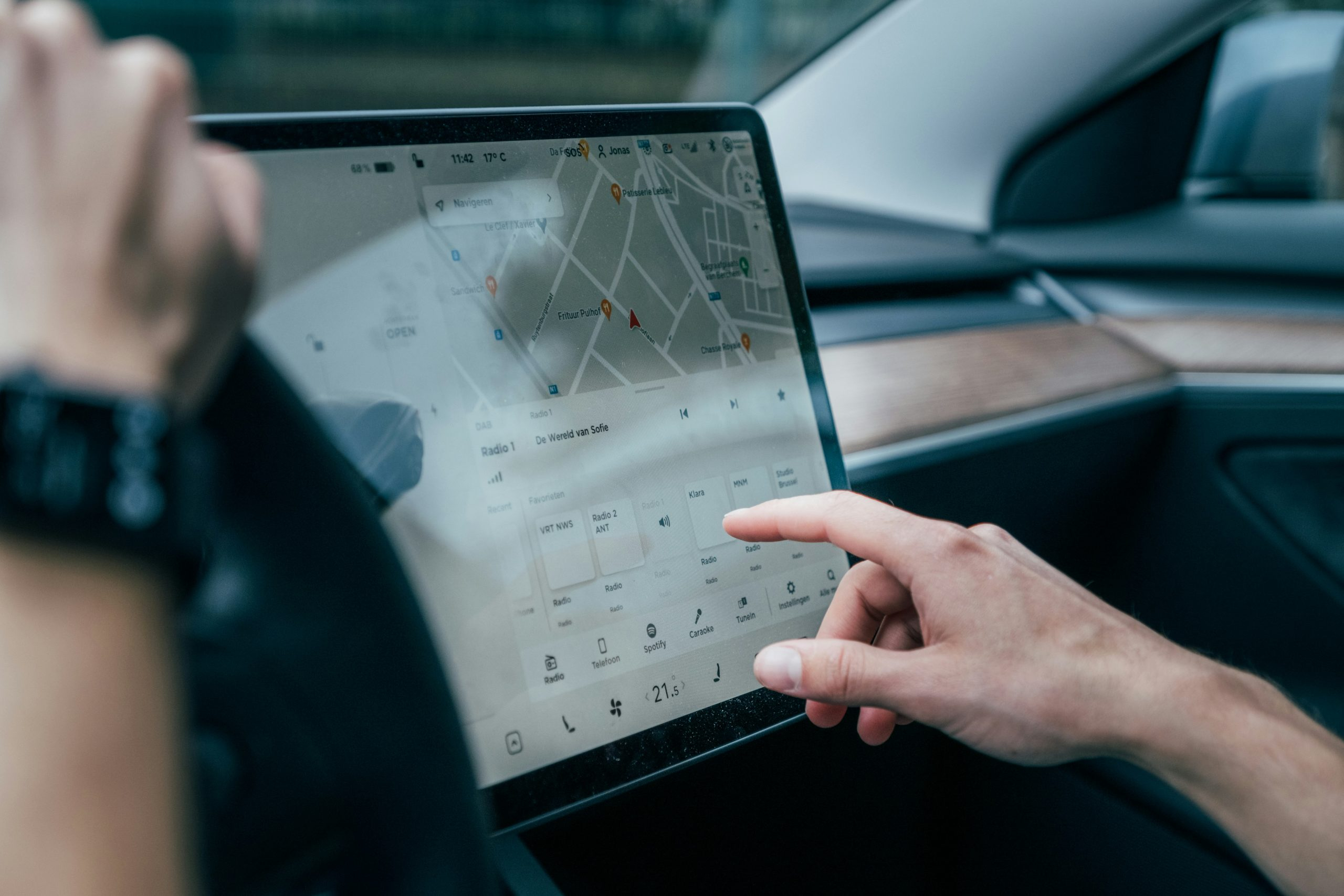Car Hacking: How Secure Are Modern Computerized Vehicles?
In today’s world, cars are not just mere mechanical wonders. They have evolved into sophisticated computerized vehicles, with the latest technology embedded in them. From self-driving cars to remote-controlled features, modern vehicles have made driving effortless and convenient. However, with these advancements, comes a new threat of potential car hacking. With increasing concerns about cybersecurity, the safety and security of these computerized vehicles is a major cause for worry. In this article, we’ll dive into the world of car hacking and discuss how secure modern computerized vehicles really are.
Understanding Car Hacking
Car hacking, also known as CAN bus attacks, refers to unauthorized access to the electronic control systems in a vehicle. These control systems are responsible for managing the vehicle’s functions, including engine, brakes, steering, and more. In simple terms, car hacking involves gaining access to a car’s computer system and manipulating it for malicious purposes. This can range from taking control of certain car features to completely disabling the vehicle.
The Rise of Car Hacking
The risk of car hacking is not a new phenomenon. In fact, it has been a concern among car manufacturers and cybersecurity experts for quite some time now. In 2015, security researchers Charlie Miller and Chris Valasek demonstrated how a Jeep Cherokee could be remotely controlled by a hacker, leading to a recall of 1.4 million vehicles by Fiat Chrysler. This event brought to light the potential risks of car hacking and the need for better security measures.
How Secure Are Modern Computerized Vehicles?
With the increasing integration of technology in modern vehicles, the risk of car hacking has also escalated. Hackers can exploit vulnerabilities in a vehicle’s systems and take control of critical functions, putting the driver and passengers at risk. Due to this, manufacturers are now implementing various security measures to protect against car hacking. One such measure is the use of computer security systems like firewalls and encryption to prevent unauthorized access to the vehicle’s network.
Furthermore, car manufacturers are also collaborating with cybersecurity experts to identify vulnerabilities and develop more advanced security solutions. For instance, Tesla offers a bug bounty program, rewarding hackers for finding vulnerabilities in their vehicles. This encourages security researchers to report any identified flaws, which Tesla can then fix before they can be exploited.
The Need for Better Cybersecurity
In today’s society, where technology is increasingly integrated into our daily lives, our vehicles are no exception. With modern computerized vehicles being so vulnerable to cyber attacks, it is crucial for manufacturers to prioritize cybersecurity in their designs. Stronger encryption algorithms, regular updates and patches, and thorough security testing can go a long way in preventing car hacking incidents.
At the same time, it is also the responsibility of the vehicle owners to take necessary precautions to protect their cars against hacking. This includes keeping their software up to date, setting strong passwords, and being careful about connecting devices to the vehicle’s network.
The Future of Car Hacking
As we move towards an increasingly technology-driven future, the risk of car hacking is only expected to grow. With the advent of 5G technology and the rise of autonomous cars, the potential consequences of a successful car hack could be catastrophic. Hence, it is imperative for manufacturers to stay ahead of the game and implement robust security measures to safeguard against such attacks.
Final Thoughts
The concept of car hacking may seem like a plot from a sci-fi movie, but the reality is that it is a genuine threat in today’s world. With the rise of modern computerized vehicles, it is crucial to address this issue and take necessary precautions to protect ourselves and our vehicles. As technology continues to advance, it is essential for manufacturers, cybersecurity experts, and vehicle owners to work together towards creating a safer and more secure driving experience for us all.
In conclusion, the key to ensuring secure modern computerized vehicles lies in a combination of advanced cybersecurity measures, proactive efforts, and constant vigilance. With the right approach and collaboration, we can make our roads safer, one car at a time.










